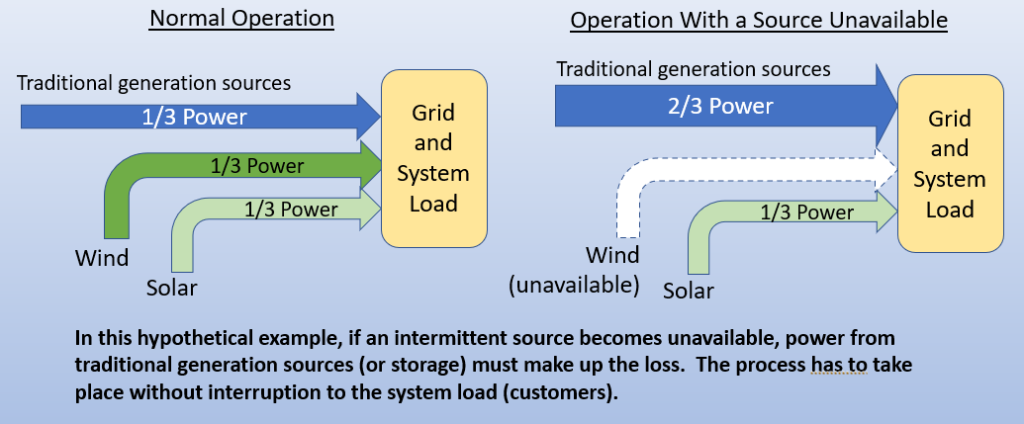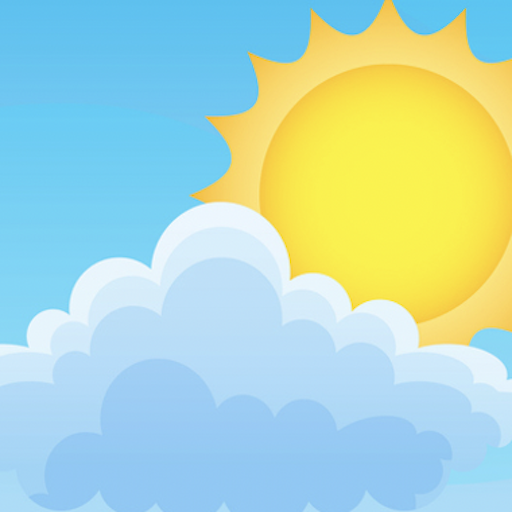The Old Grid is Slowly Learning New Tricks
An Overview of the Challenges of Integrating Intermittent Renewable Sources with the Power Grid
In the last decade or so, engineers who design and operate electrical grids have gone from thinking grids were limited to a maximum of 10 to 20% renewable power to “how can we operate with 100% renewables?” Around the world, utility engineers are figuring out ways to make this happen. This article will look at the basics of how renewables have become an essential part of the electric power source mix, and how grid operators are further incorporating renewables while maintaining grid reliability.
Why would you care about the power grid? Most of us rely on electricity from the power grid. Unless you’ve got the time and resources to set up your own independent power system, the grid is a key part of your everyday life. Even if you install solar panels on your roof, you’ll still need grid power at times when the sun isn’t shining. If you have battery storage, there could still be times when you need power beyond the extent of the battery capacity. If grid operators don’t keep up with the needed changes and upgrades to incorporate intermittent renewable sources, outages and other problems will become more frequent.
Grid Basics
Old power grids were marvels of engineering that incrementally changed over time. That change accelerated over the last 20 years and resulted in the nascent smart grids that we have today.

The main driver of change has been the addition of clean energy sources to electric grids. Here’s a comparison of how the U.S. power source mix has changed in the last 20 years.

As electric grids continue the transition from traditional fossil fuel sources to renewable energy, the techniques for grid operation will continue to evolve and become “smarter”.
Grid Operation
Consumer expectations for electric grids are pretty basic:
- Always there
- Stable and reliable
- Reasonably priced power
Electric grid operators strive for 100% reliability (no power outages). Pursuit of this goal involves extremely complex physics and control techniques. Going into details is beyond the scope of this article. However, we’ll look at some basic concepts that will provide a general feel for the nature of the challenge.
Overall grid reliability is an end-to-end process: from generating sources to the customer. The electric grid has a lot of pieces, from very complex substations to “nuts and bolts” things like transmission lines, transformers and utility poles. To achieve the best possible reliability, all the pieces must be designed, integrated, installed, operated and maintained effectively.
The grid itself is a complex network of all these pieces, operating in a continually dynamic state. When the air conditioners of you and 100,000 of your neighbors kick on during a heat wave, that affects the network dynamics. Over decades of operating experience, the techniques to control this complex network using traditional power generation sources have reached a high level of sophistication and effectiveness.
Incorporating Renewable Energy Sources
Renewable sources are predominantly wind turbines and solar panels. If there’s no wind or sun, they don’t produce power. Consequently, these sources are referred to as intermittent.
When intermittent sources are unavailable or limited by little wind or cloudy conditions, grid operators need to get the required amount of power from other sources. This power can come from traditional generating sources, from other utilities or from stored energy sources, such as batteries. Applying intermittent renewables is a significant challenge in power networks.

Another challenge involves a power grid’s ability to react to sudden changes, such as short circuits or load surges. Utility operators have decades of experience designing and operating under these conditions with traditional power sources. Renewable sources react to sudden changes (referred to as transient events) differently than traditional sources. Integration of sources with new characteristics requires the use of innovative grid monitoring and control techniques.
New energy generation sources are frequently located remotely from power consumers. Modernization and expansion of transmission and distribution systems are also part of the integration challenge.
Unfortunately, the process to analyze the impact of new generating sources on the stability of the electric grid is very complex and time consumting. Consequently, lead times on the connections of large scale renewable energy projects to the grid can often be months or even years. If new transmission lines are needed, it is not unusual for the process to take 5 years or more from start to finish, since legal approvals and legal challenges are inherently slow processes.
Meeting the Challenge
Here are some examples of the progress and initiatives for grid integration of renewable energy sources:
- In the first quarter of 2022, the United Kingdom (UK) renewables’ share of electricity generation was 45.5%, second only to the record 47.1% achieved in the first quarter of 2020 when the UK experienced exceptionally high wind speeds. Renewable sources in the UK include bioenergy, onshore and offshore wind, solar PV and hydro power.¹
- Renewable energy accounted for 49% of German power consumption in the first half of 2022. Germany last year reduced carbon dioxide (CO₂) emissions by 39% compared with 1990 and has a goal of a 65% reduction by 2030.²
- The Los Angeles Division of Water and Power (LADWP), the largest municipal utility in the U.S., operates at about 35% renewable power on its grid and has committed to 100% renewable energy by 2035. Extensive analysis via millions of computer simulations has indicated 70 to 90% of LADWP’s power requirements could be met using wind and solar, with energy storage. LADWP is evaluating green hydrogen as a one possible energy storage and generation component to satisfy the remaining 10 to 30% ³
- American Electric Power (AEP) plans to invest about US$25 billion for grid improvements at the transmission and distribution level during the period 2022–2026. During the same period about $US 8 billion will be used for development of renewable energy sources, with a goal of 50% renewables by 2030. ⁴
There are plenty of challenges yet to overcome. For example, Vietnam’s deployment of renewables outpaced the development of its power grid. New renewables included more than 100,000 rooftop solar installations and at least 15 utility-scale solar plants in 2020, and 84 wind plants in 2021. For now, there’s a pause on renewables to focus on grid planning and investment.⁵
A huge capital investment in grid improvements is needed on a global level. To reach the goals of its Net Zero Emissions by 2050 plan, the IEA forecasts that annual grid investments need to nearly triple today’s spending, to an average of almost US$ 800 billion by the late 2020s ⁶
Summary
While many of the challenges to integrating renewable energy sources fall to engineers and power companies to conquer, there are some actions individuals can take to help:
- Follow actions related to the grid and renewable power on a local community level. Provide input to local planning and development entities.
- Consider participation in local clean power customer aggregation programs. Customer groups asking for clean power help justify grid enhancements by utilities. And, savings can be achieved by participants.
- Regional and state agencies typically regulate electric grid operations. Keep an eye on what they’re up to and provide your input.
- Encourage your elected representatives to support the transition to clean energy and the necessary improvements to the electric grid. In the U.S. a current example is the Inflation Reduction Act of 2022. This legislation includes about US$30 billion in targeted grant and loan programs for states and electric utilities to accelerate the transition to clean electricity.
The global electric grid is an expansive topic that might be a little difficult to relate to on a personal basis, since for the most part, when our power is working, we don’t really think about the why or how. However, generating power from renewable sources will play a key role in combating the climate crisis, so we should pay attention to grid modernization initiatives.
¹ Energy Trends, UK, January to March 2022, Department for Business, Energy and Industiral Strategy https://assets.publishing.service.gov.uk/government/uploads/system/uploads/attachment_data/file/1086800/Energy_Trends_June_2022.pdf
² Renewables provide 49% of power used in Germany in first half of 2022, Reuters, July 5, 2022 https://www.reuters.com/business/sustainable-business/renewables-provide-49-power-used-germany-first-half-2022-2022-07-05/
³ Same Goal, Different Pathways for Energy Transition, IEEE Power and Energy Journal, Volume 20, Number 4, July/August 2022, Jaquelin Cochran, et. al
⁴ American Electric Power, 2022 Corporate Sustainability Report, Decarbonization Strategy https://www.aepsustainability.com/decarbonization/strategy/
⁵ Vietnam, Grid integration of renewables, May 26, 2022, IUCN https://www.iucn.org/news/viet-nam/202205/grid-integration-renewables
⁶ Smart Grids, Tracking Report, November 2021, IEA https://www.iea.org/reports/smart-grids
